Introduction
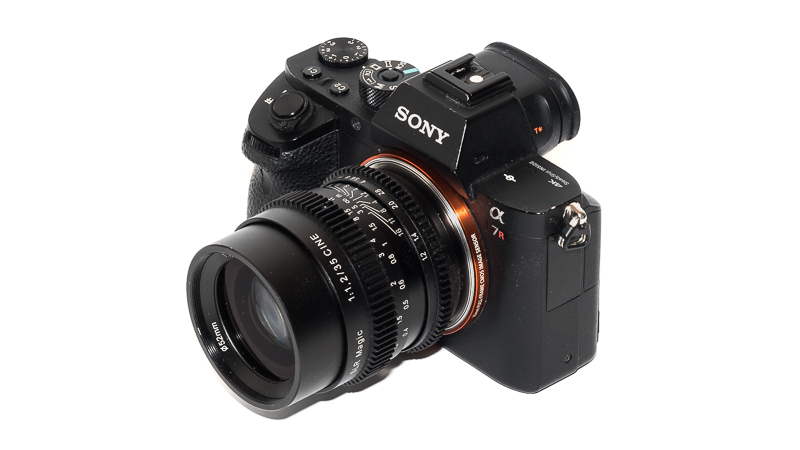
None of us is an expert in videography so usually we don’t review Cine lenses. This SLRmagic has very interesting specifications though, being very fast, compact and at the same time affordable. Unfortunately there is no non-cine version, so this time we have no choice it seems.
Sample Images
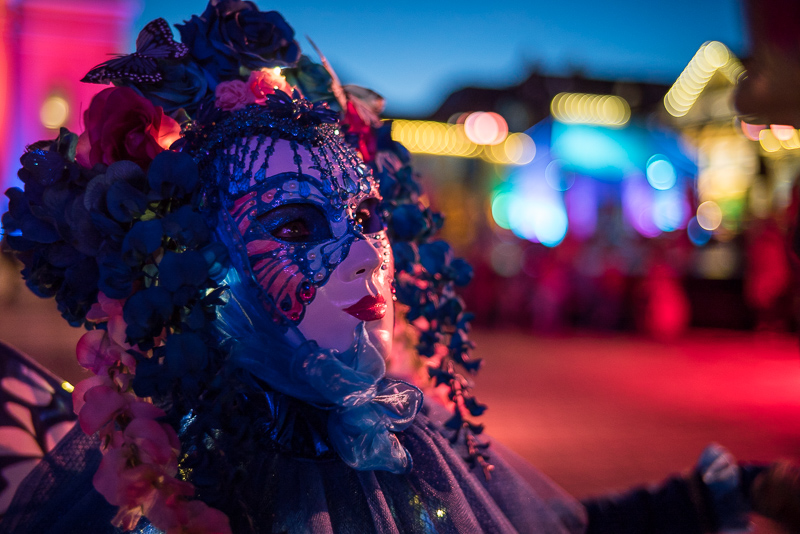
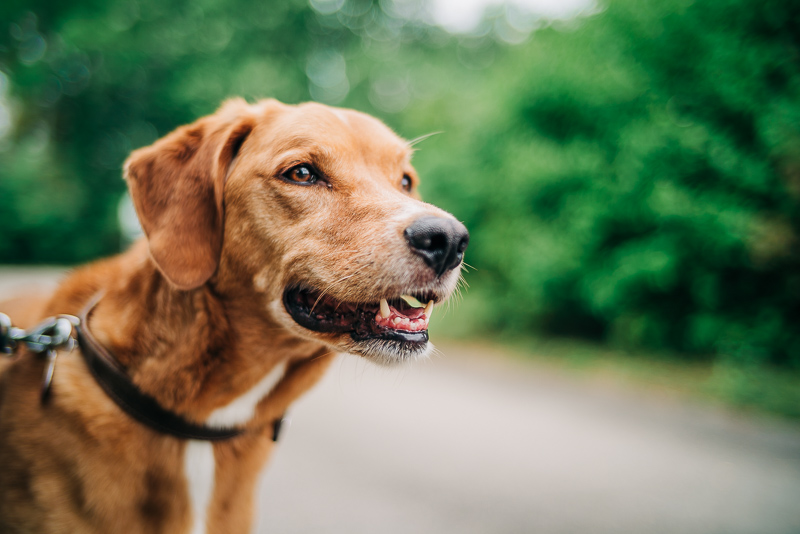
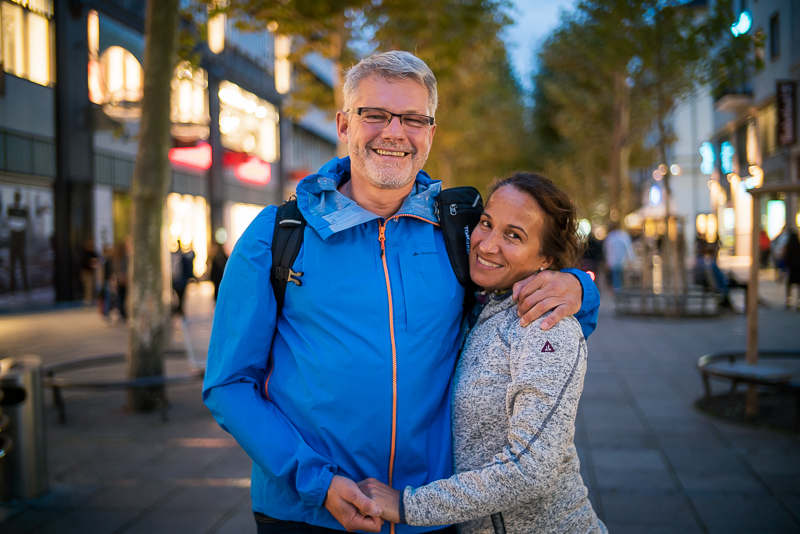
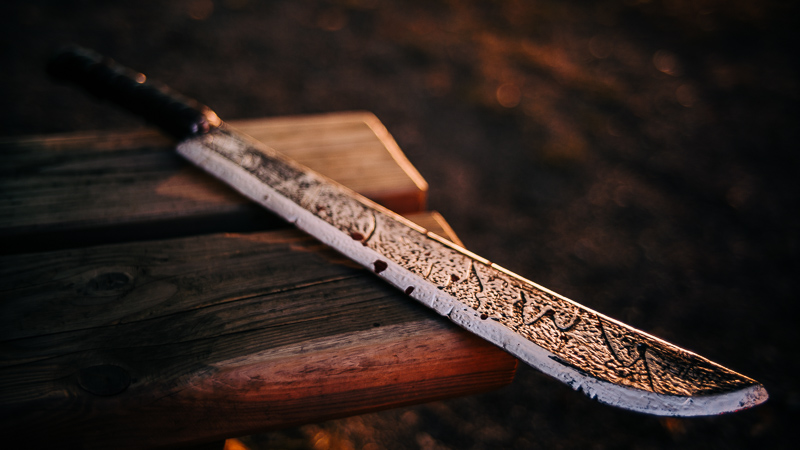
Most of the sample images in this review can be found in full resolution here.
Specifications
The SLRmagic 35mm f/1.2 Cine FE has the following specifications:
-
- Diameter: 65 mm
- Field of view: 63.4° (diagonally)
- Length: 72 mm
- Weight: 466g (measured without hood and caps)
- Filter Diameter: 52 mm
- Number of Aperture Blades: 13 (rounded)
- Elements/Groups: 9/8
- Close Focusing Distance: 0.4 m (measured, states 0.3 m)
- Maximum Magnification: 1:8.3 (measured)
- Mount: Sony-E
You may also have a look at SLRmagic’s official page.
New this lens costs about $349/480€ and you can get it e.g. from amazon.com or B&H or on ebay.com/ebay.de (affiliate links)
Handling / Build Quality
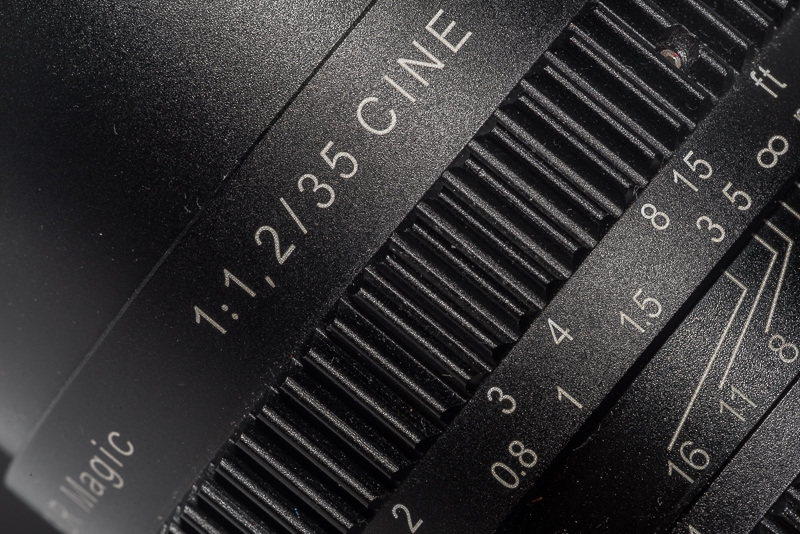
As this is a cine lens focus ring and aperture ring both feature gear racks which obviously makes them less fun to use with your bare hands.
The focus ring takes about 120° from the minimum focus distance (0.3 m written on the lens, actually 0.4 m) to infinity. Damping is quite alright, similar to Voigtlander or Zeiss Loxia lenses at room temperature.
The aperture ring (clickless) rotates about 90° from f/1.2 to f/16 and has slightly higher resistance compared to the focus ring.
The aperture ring and the Depth of Field markings seriously leave me wondering:
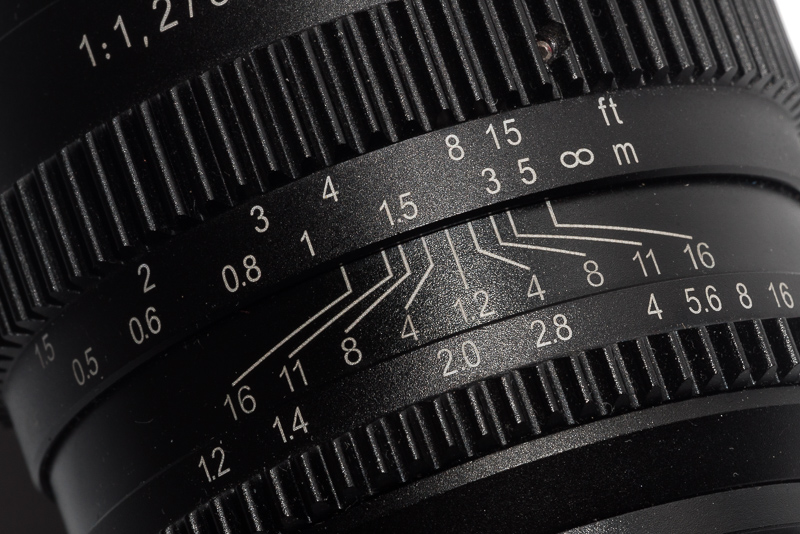
The spacing between different aperture values is really odd. Talking about full stops there is a 14 mm gap between f/1.4 and f/2.0, 7 mm between f/2.0 and f/2.8 and then 9 mm between f/2.8 and f/4.0. The gaps getting narrower the more you stop down is not to uncommon among lenses with not so refined mechanics, but decreasing and then increasing again I haven’t seen until now.
You also get DoF markings for f/11 which is not even to be found on the aperture ring, strange.
The markings are only painted – not engraved – so they may wear off after some usage.
There are no electronic contacts, so no EXIF data. As far as I know there also is no official lens hood.
Vignetting
light falloff
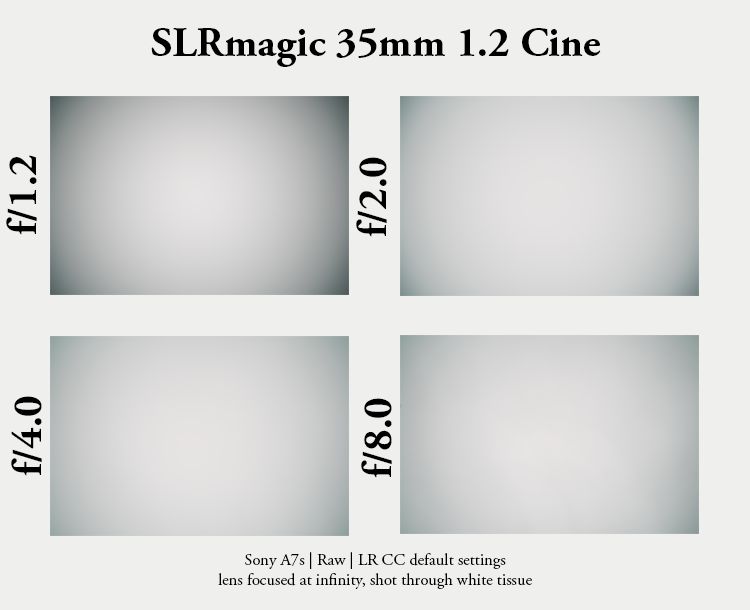
Wide open there is light falloff of roughly 3.3 EV, stopped down to f/2.0 this improves to 2.2 EV, stopped down to f/4.0 it is 1.8 EV and still 1.8 EV at f/8.0. These values are pretty high and comparable to the Leica 1.4/35 FLE or the Voigtlander 1.4/35 classic. You can correct this in Lightroom or similar software.
There is also a slight green color cast in the corners, slightly worse than the VM 35mm 1.7 Ultron.
mechanical vignetting
Many of the small rangefinder 35mm lenses I had a look at in my 35mm comparison show severe mechanical vignetting (truncation of light circles towards the corners). This is especially a problem with most very fast lenses, so I was curious how this SLRMagic will fare in this category and I compared it to the Voigtlander 35mm 1.7 Ultron for reference.
In the center of the frame almost every lens will render a perfect circle, but only lenses with very low mechanical vignetting will keep this shape in the corners.
So in the following comparison we move from the center (left) to the extreme corner (right) and see how the shape of the light circle changes.
To my surprise the SLRMagic fares quite well with only moderate mechanical vignetting. It doesn’t actually render cat’s eyes but rather circles with a smaller diameter (which I would greatly prefer).
The Voigtlander 35mm 1.7 by comparison shows severe cat’s eyes in the corners and close to it.
This comparison was done at ~0.6 m focus distance, you may get slightly different results at other distances.
Sharpness
infinity

Being a Cine lens I would have been surprised if this lens was optimized for infinity shooting.
At f/1.2 the whole frame has some glow (spherical aberration) to it, contrast is rather subdued and resolution not that great either.
At f/1.4 some of that glow goes away, but still very similar to f/1.2.
Stopping down to f/2.0 boosts contrast and resolution in the center, but it takes stopping down to f/2.8 for the center to look good, by then resolution and contrast are pretty nice.
The midframe and the corners never reach the same image quality as the center. There is lots of astigmatism, coma and also some field curvature (and a very wavy one).
In case you really want to take some stopped down landscape or architecture shots with this lens best use f/16. There is some loss of detail in the center due to diffraction but the midframe and corners will be okay at least.
close (0.40m, 1:8.3)
100% crops from center, A7rII
At minimum focus distance there is quite a bit of “glow” (spherical aberration) wide open and at f/1.4. Most of it is gone at f/2.0 but for really good performance in the center you need to stop down to f/2.8. Midframe and corners never reach the resolution and contrast of the center of the frame.
Because of focus shift (see corresponding section) I refocused for every shot.
Flare resistance
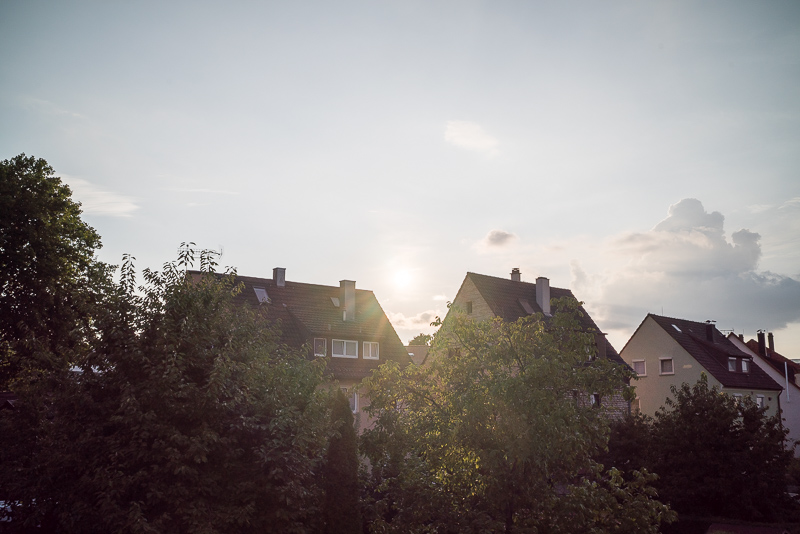
Stopped down and with a light source in the center or close to it the performance is quite okay. There is a loss of contrast but not many distracting artifacts.
Wide open the performance is pretty bad though, this is an issue with many fast lenses.
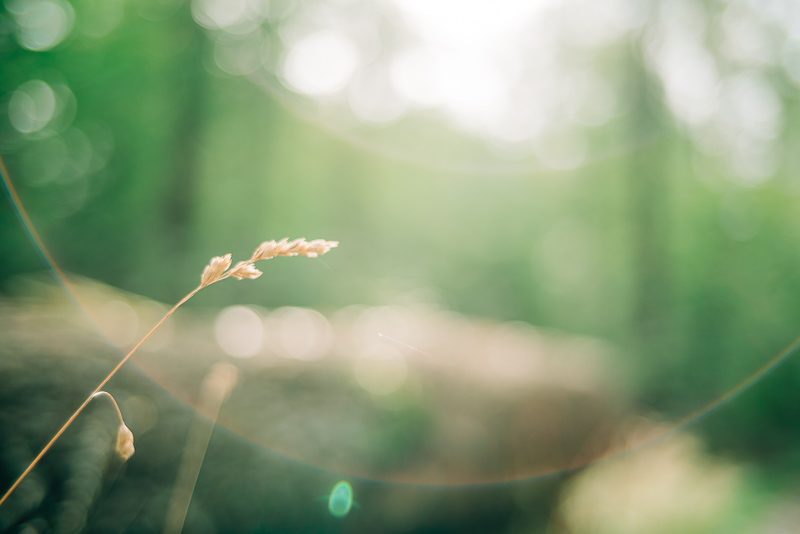
The lens looks worst with a point light source close to the corner, at f/1.2 you will find pretty much all artifacts you can think of all over the frame, stopping down improves the situation significantly, as can be seen in this comparison:
Also very bright street lamps at night gave this lens lots of trouble:
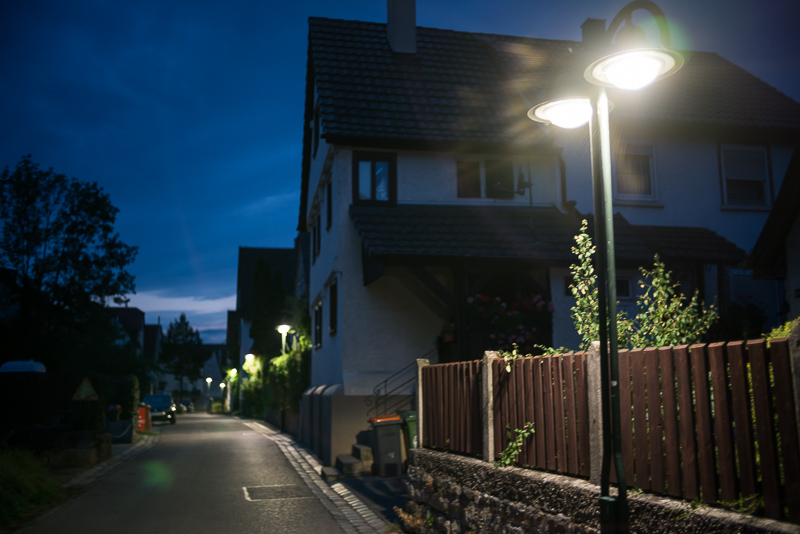
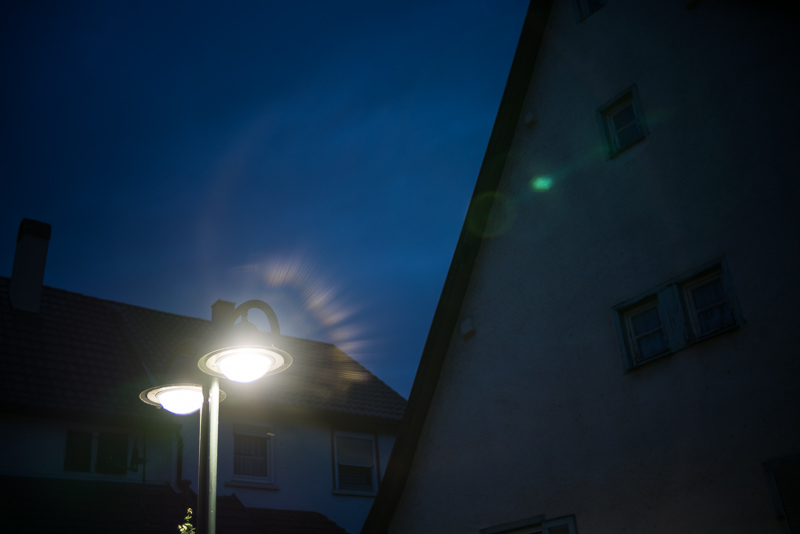
Coma
Coma correction ain’t great. It is not as bad as the Voigtlander 35mm 1.4 Nokton Classic E but still not something to write home about either. If you are into astrophotography and looking for a 35mm lens to use wide open look elsewhere.
Even in very small web sized images you will see the obstrusive artifacts you get at f/1.2 and f/1.4.
100% crops from extreme corner, A7rII
Distortion
There is a bit of barrel distortion and for Lightroom there is no correction profile. Dialing in +7 worked quite well for me.
Bokeh
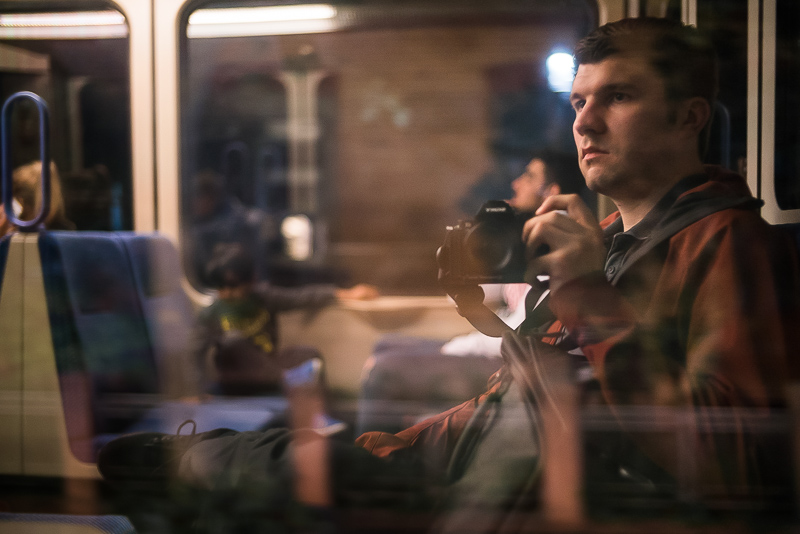
I am sure bokeh will be of major interest to most looking at this lens, it definetly was for me. Most 35mm lenses struggle quite a bit and I doubt the 35mm lens that shines in every scenario already exists. This is the fastest 35mm lens there currently is for fullframe (there also is a huge Kerlee 35mm f/1.2 and the 2 Voigtlanders though) and at the same time it is surprisingly compact, so my expectations where somewhat dampened. But let us have a look at how this SLRmagic fares.
As the regular readers already know the bokeh rendering depends on the focus distance, the nature of the background and also the lighting situation (e.g. backlit scenarios). Furthermore bokeh is a matter of taste: personally I prefer a smooth rendering with no outlining, double edged structures or onion rings – but your mileage may vary here – so I will try to tackle many different scenarios in this chapter.
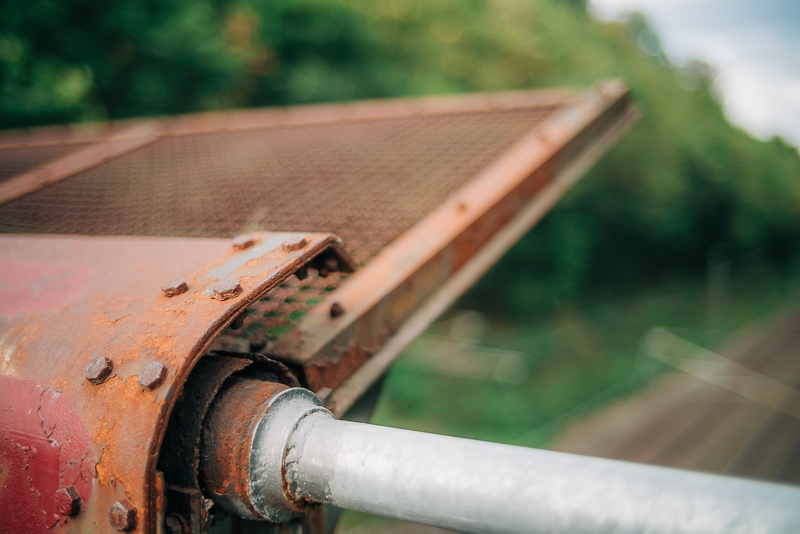
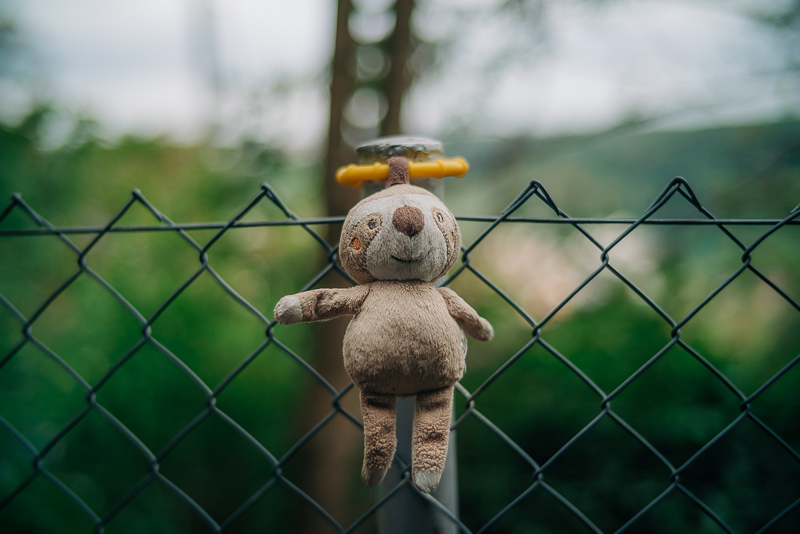
If you focus on something close to your camera the background rendering is quite smooth as it mostly melts away (this is true for many 35mm lenses though).
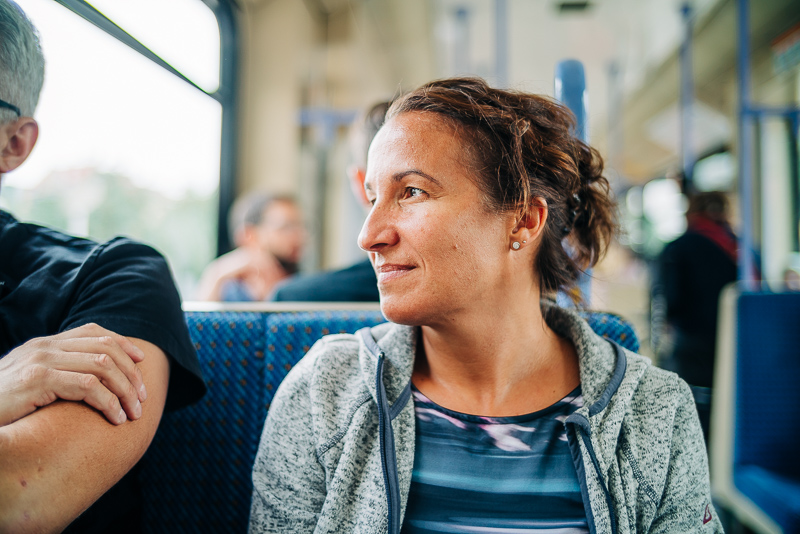

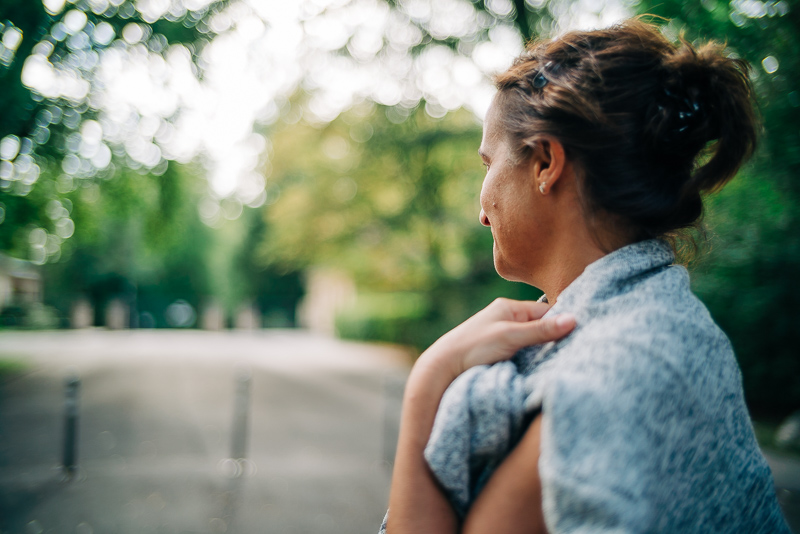
This still holds true for head and shoulder portrait distance, as long as there is no backlit foliage as in the example above. While bokeh in the center is still smooth the highlights towards the corners show some noticeable outlining.
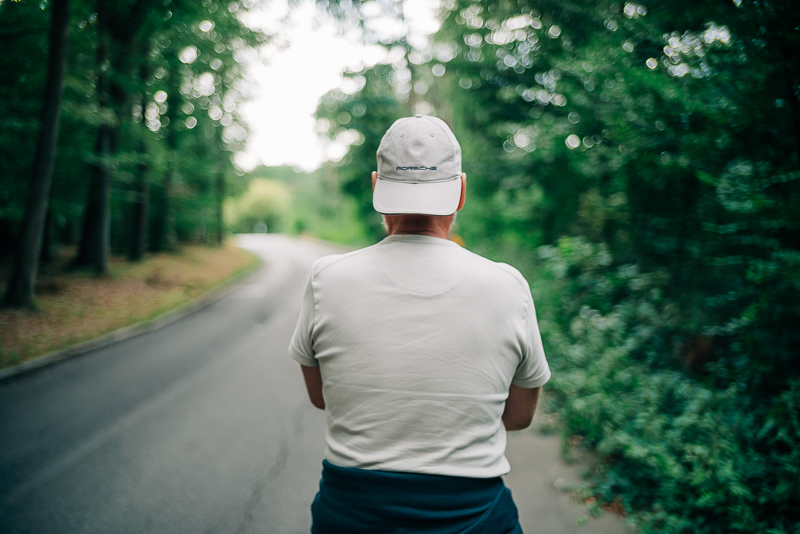
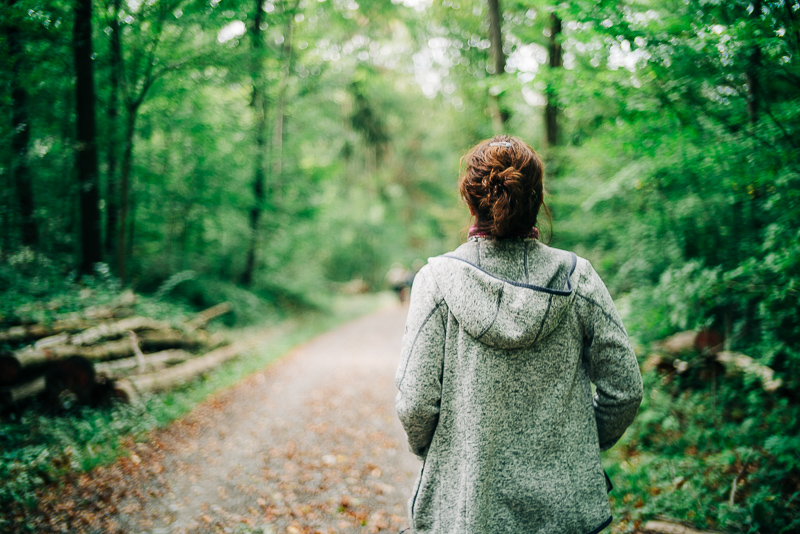
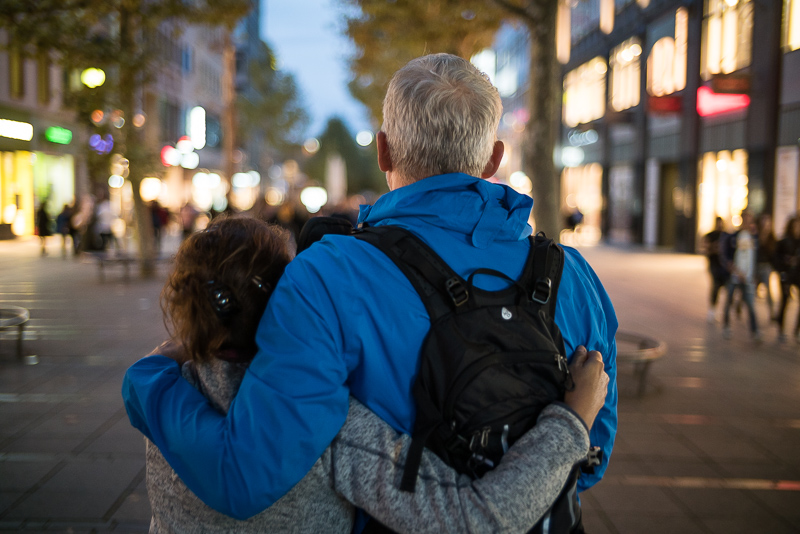
Move a bit further away from your subject and – depending on the nature of the background – the outlining becomes more pronounced.
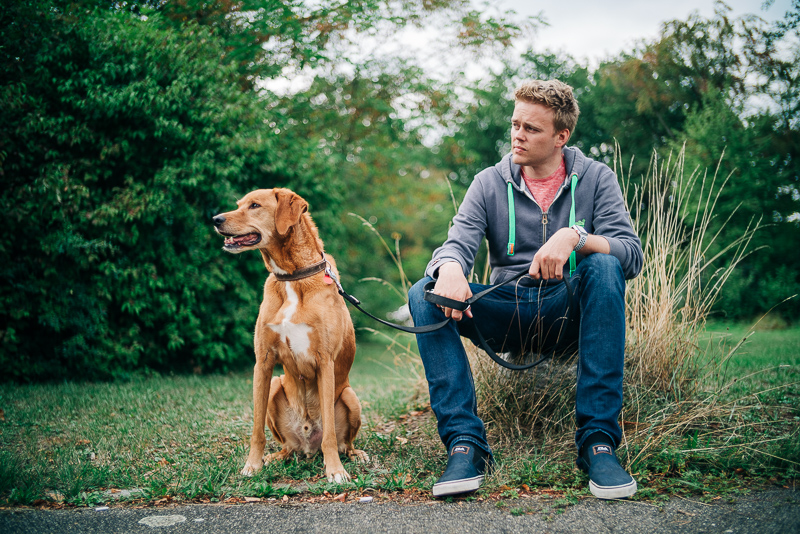
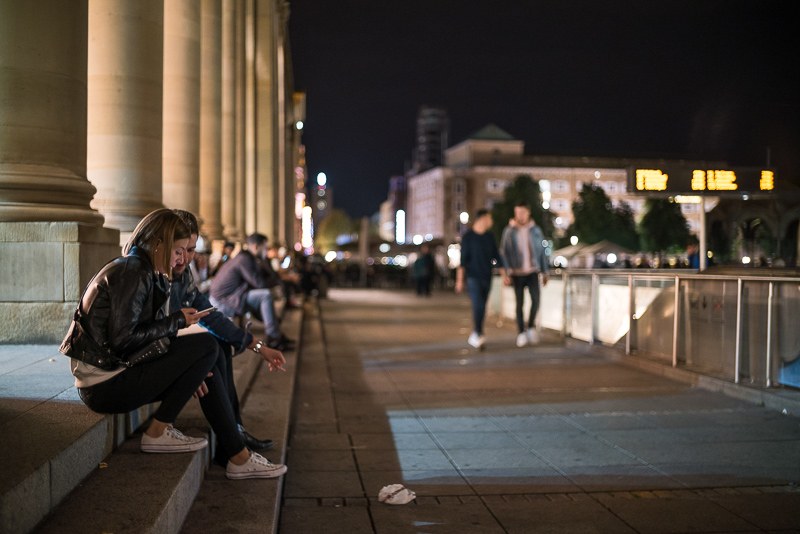
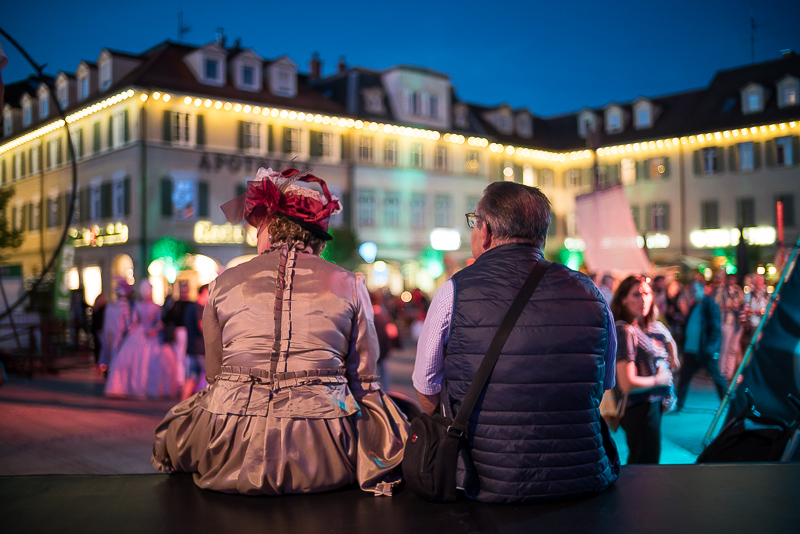
At full body portrait distance the transition zone is the background and the bokeh is rather harsh than smooth, this is also true for most other 35mm lenses. But as you can see from the samples above not in every scenario this will even be noticeable.
Where does this leave us? I will try to put it into perspective with other 35mm lenses: the 2/35 Sonnar in the RX1 (and successors) has the smoothest bokeh rendering among the 35mm lenses I tried, but it is also only f/2, so while the quality of the bokeh is better the blur potential (how far things are out of focus) is significantly lower.
The Sony FE 35mm 1.4 ZA also has a smoother rendering but I don’t like it for nighttime shooting (which I do quite a bit) because of pronounced onion rings.
When looking at the other small 35mm lenses I reviewed in my 35mm comparison this 1.2/35 is quite comparable to the Leica 1.4/35 FLE: no outlining in the center of the frame but a bit more towards the corners. The SLRmagic has no problems with the filterstack of Sony cameras though and also has much less mechanical vignetting compared to the small rangefinder lenses which has a positive influence on border/corner bokeh.
While the bokeh rendering is not perfectly smooth in every situation I was quite happy with it in many of the shots I took. Compared to the Voigtlander VM 35mm 1.7 (which is my go to 35mm lens) there is a noticeable gain in blur and for environmental portraits I would prefer this SLRmagis – as long as there is no backlit foliage or some other kind of “difficult” background involved.
PS: Thanks to 13 rounded aperture blades the highlights stay round even on stopping down.
Sunstars
With 13 rounded aperture blades coupled with the not so tight tolerances of the construction the sunstars don’t exactly look nice. Best use f/4.0 to f/16 for nightly city scapes so they will be somewhat symmetrical at least.
Chromatic aberration
lateral
100% crop from extreme corner, A7rII, f/8.0
There is a bit of lateral CA in the corners, most of it is corrected with just one click though. Remember the corners never get super sharp.
longitudinal
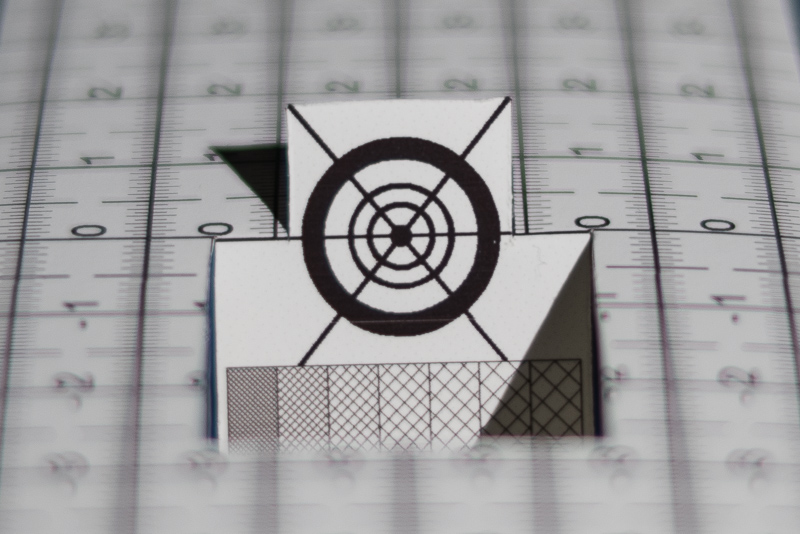
At minimum focus distance at f/1.2 the whole image is rather soft which masks loCA quite well, so we will instead have a look at some crops from sample pictures.
This is a very demanding scene and you can see some purple between that globe and the background.
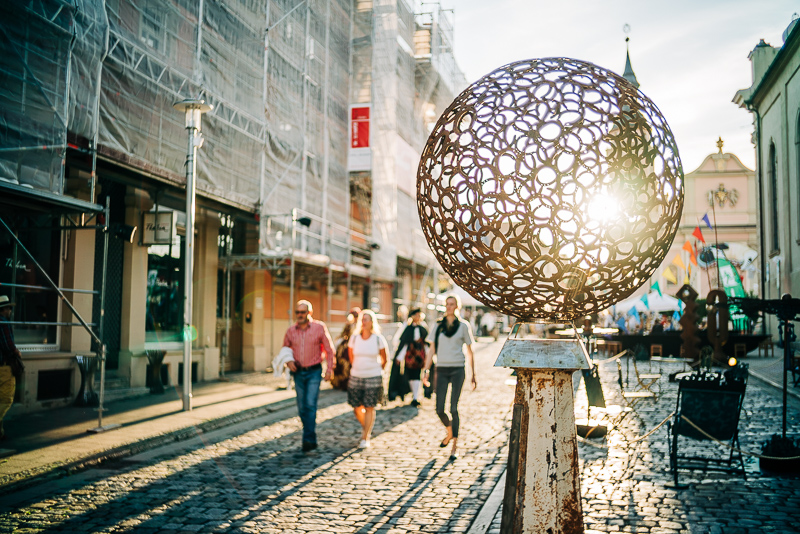
Usually chrome parts are a real stress test for fast lenses and while there is some purple outlining it is in fact rather unobstrusive. Considering this lens is as fast as f/1.2 and there are slower lenses that perform much worse (e.g. ZA 1.8/55).
In the end I consider this quite an okay performance.
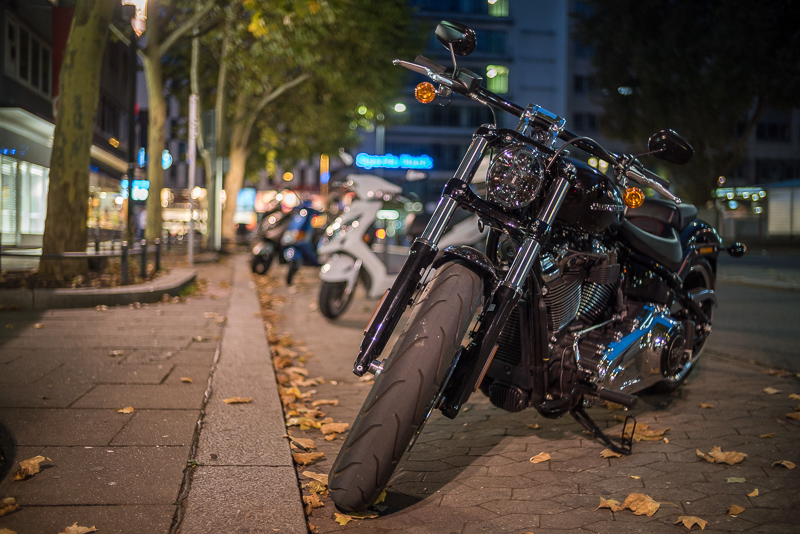
Focus shift
50% crops, A7rII
This lens shows quite a noticeable focus shift. When stopping down the plane of optimal focus shifts to the back, so you have to focus a bit closer for best performance. I recommend focusing at working aperture with this lens to get best results. At close distances even at f/4.0 the difference is still noticeable.
Alternatives
Sigma 35mm 1.2 Art:
If neither money nor size/weight are an issue this is the best 35mm lens money can buy right now.
Voigtlander VM 35mm 1.2 (II) Nokton:
This is pretty much the only direct competitor. I haven’t tried this yet and it will suffer quite a bit from the Sony filterstack.
Kerlee 35mm 1.2:
This huge DSLR lens I also didn’t try yet.
Leica 35mm 1.4 FLE Asph Summilux:
Bokeh rendering shares some similarties, but the Leica has much higher resolution and contrast. It is really expensive though.
Zeiss ZM 35mm 1.4:
Unfortunately this also suffers from the Sony filter stack and bokeh is not super smooth either, still a nice yet expensive lens.
Voigtlander Nokton 35mm 1.4 E Classic:
I didn’t like this lens too much. Except for contrast, EXIF and maybe corner resolution stopped down I would prefer this SLRmagic.
Sony/Zeiss ZA 35mm 1.4:
It has a very smooth transition zone which is very rare among 35mm lenses. Yet it also has some issues wie loCA and onion ring bokeh and it is very hard to find a properly centered one.
Voigtlander VM 35mm 1.7 Asph Nokton:
Still my favorite allround 35mm. If you are after subject separation for environmental full body portraits you may find the f/1.7 maximum aperture with lots of mechanical vignetting a bit lacking though.
Voigtlander 40mm 1.2 E Nokton:
For most this is probably the smarter choice, but I wasn’t super happy with the bokeh rendering in the end (onion rings, not so great corner bokeh because of severe mechanical vignetting).
I wanted to buy it and luckily got the chance to try Phillip’s sample for a few weeks, afterwards I decided against it.
Conclusion
good
|
average
|
not good
|
This is kind of an anniversary for me as this is the 10th 35mm lens I am reviewing here. With a maximum aperture of f/1.2 it is also the fastest as I haven’t reviewed the huge Kerlee and the Voigtlander 1.2/35 (yet).
As you can see from the list of pros and cons this is by no means a perfect lens. In many ways (bad flare resistance, no floating elements, bad coma correction) it is not up to modern standards. Yet it has a few things going for it: sharpness at portrait distances is quite good at f/1.2 (close to the center of the frame), mechanical vignetting is low – so no whacky bokeh close to the corners – and longitudinal CA are corrected better than on most lenses being this fast. On top of that it is small, lightweight and comparably cheap.
Bokeh is – as always – a matter of taste. This is not the of super smooth type (which is the type I prefer), it reminded me of the Leica 1.4/35 FLE: quite nice in the center but light circles deteoriate towards the corners.
I did post some samples on our Facebook paged and asked our readers what they think, most said it was rather busy but then there were quite a few who liked it. Thing here is: there is no very fast 35mm with by all means great bokeh. This lens does not exist. Many people consider the Sonnar 2/35 from the RX1 series to offer the most pleasing rendering among 35mm lenses. While I tend to agree: it is only f/2.0. Bokeh is a matter of quality and quantity. With this SLRmagic you get lots of blur potential (quantity of bokeh) but may not like the quality. With the RX1 you get great quality but the blur potential (quantity of bokeh) might not suffice. Your choice.
I have reviewed technically nice yet – for my photography – uninspiring lenses which barely gave me any decent shots. This is technically definetly not the greatest lens but it was fun to use and gave me many shots I like.
Because of its shortcomings it is still hard to generally recommend though, but if you read til here and you think this lens might be for you give it a try.
New this lens costs about $349/480€ and you can get it e.g. from amazon.com or B&H or on ebay.com/ebay.de (affiliate links)
Sample Images
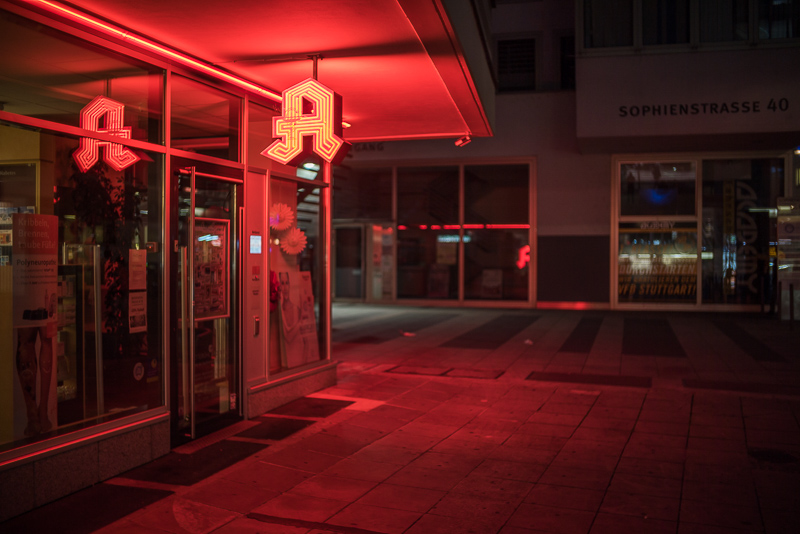
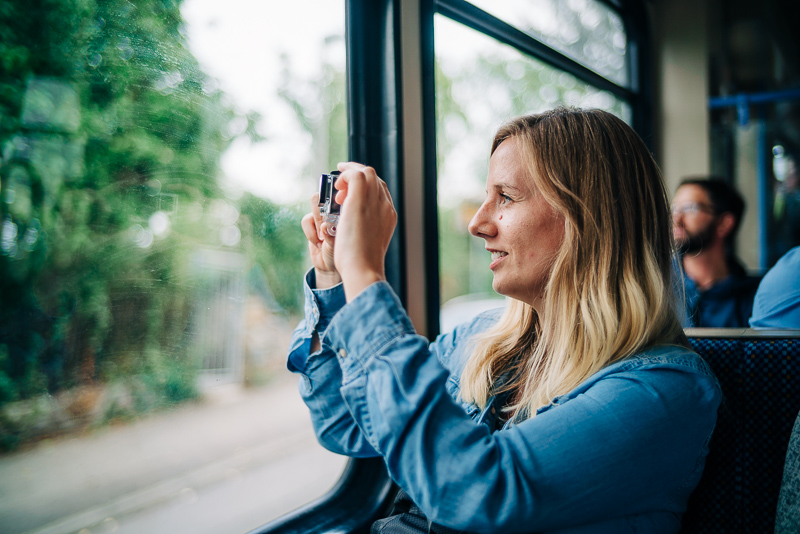
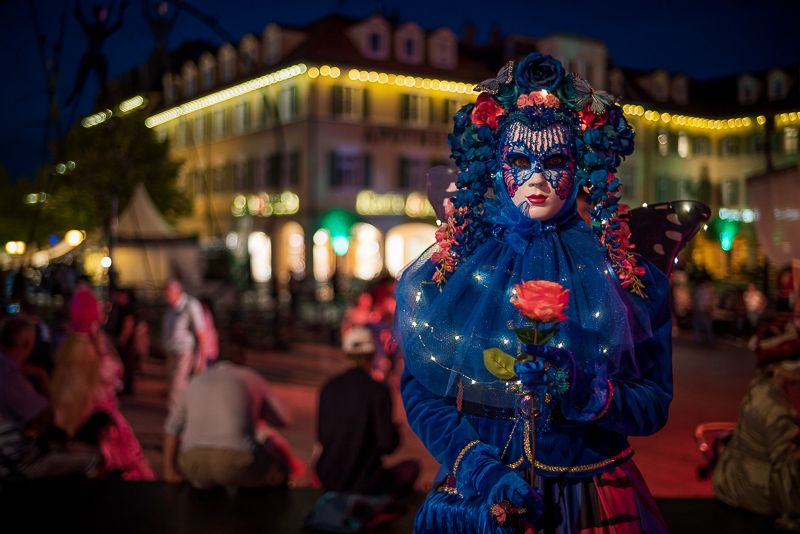
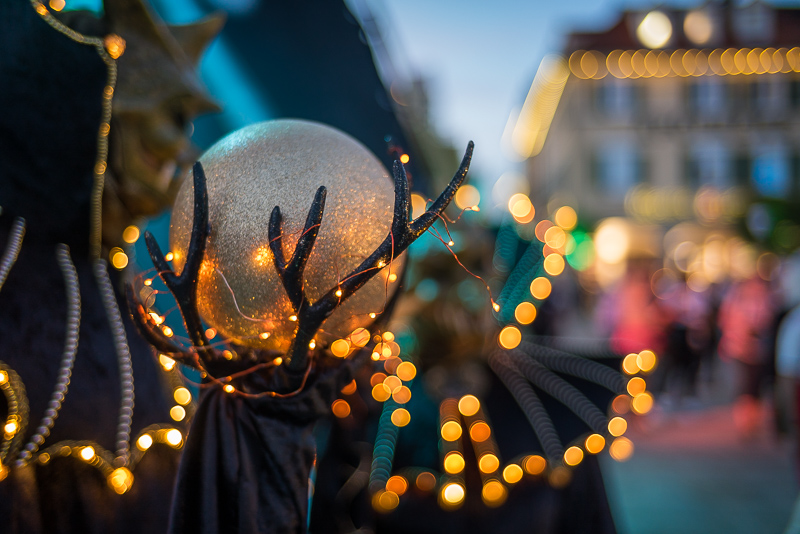
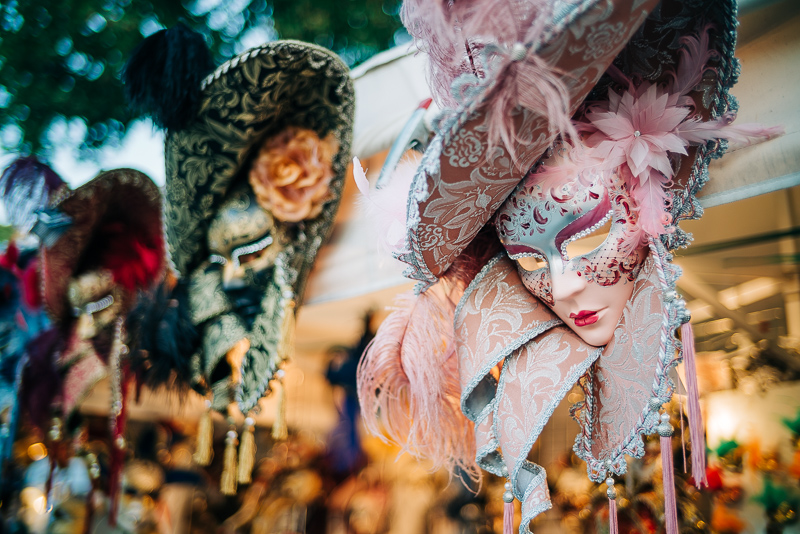
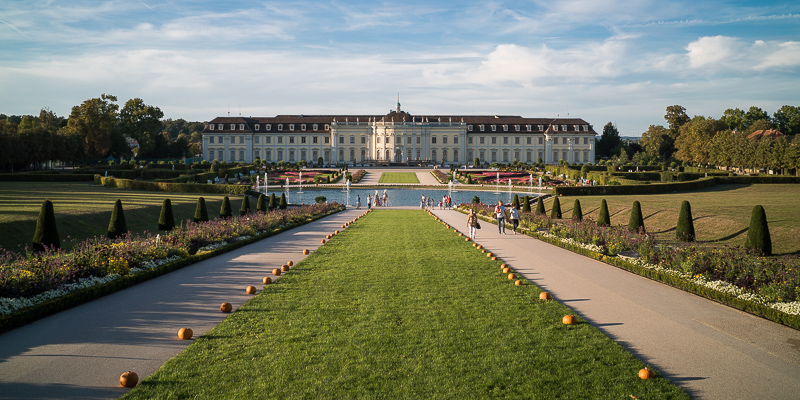
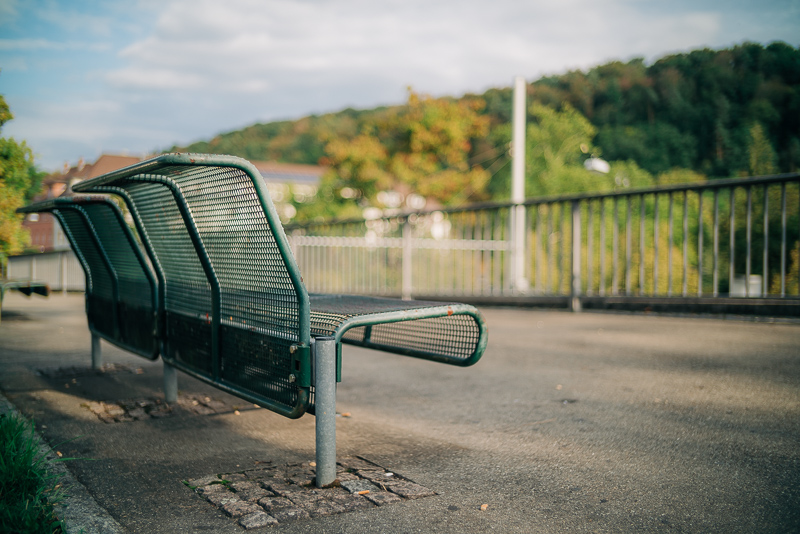
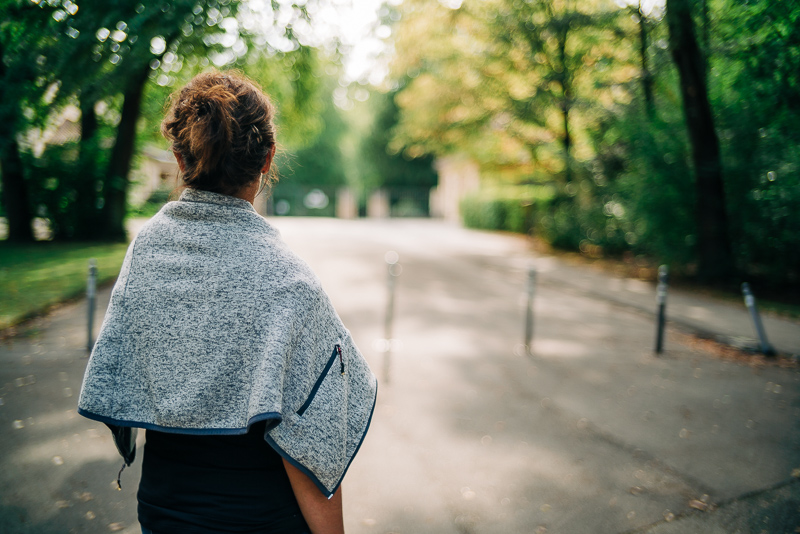
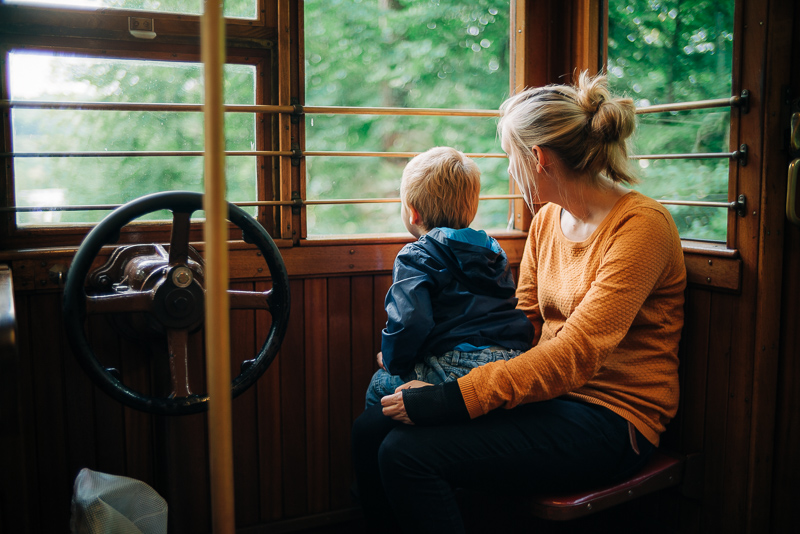
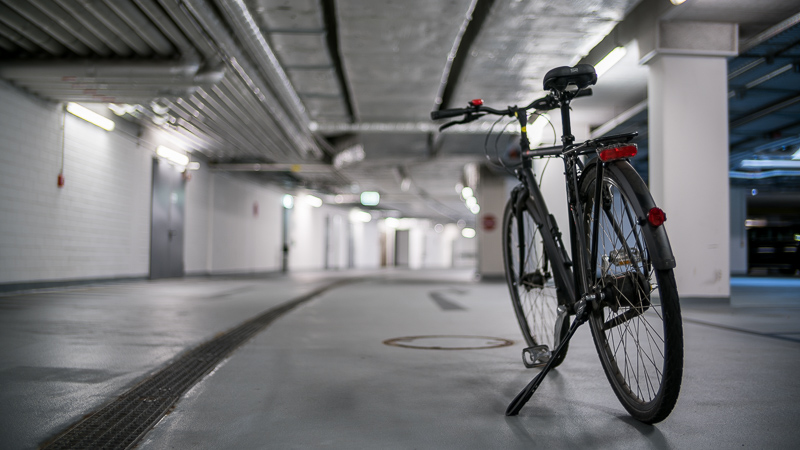
Most of the sample images in this review can be found in full resolution here.
Further Reading
- Sony FE lenses: Our comprehensive and independent guide
- Canon EF 135mm 2.0L USM
- Carl Zeiss Jena Visionar 109mm 1.6
- Tripods for mirrorless cameras
Support Us
Did you find this article useful or just liked reading it? Treat us to a coffee!
![]()
![]()
![]() via Paypal
via Paypal
This site contains affiliate links. If you make a purchase using any of the links marked as affiliate links, I may receive a small commission at no additional cost to you. This helps support the creation of future content.
Latest posts by BastianK (see all)
- Review: SLRmagic 50mm 0.95 Hyperprime LM - July 5, 2025
- Full Resolution Pictures getting fixed - July 4, 2025
- Analogue Adventures Part 42: A wedding with Eastman Double-X 200 - July 2, 2025




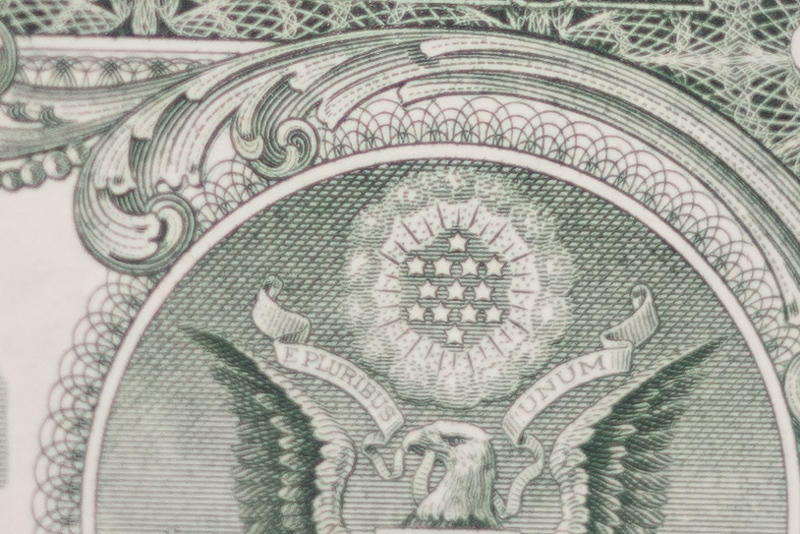
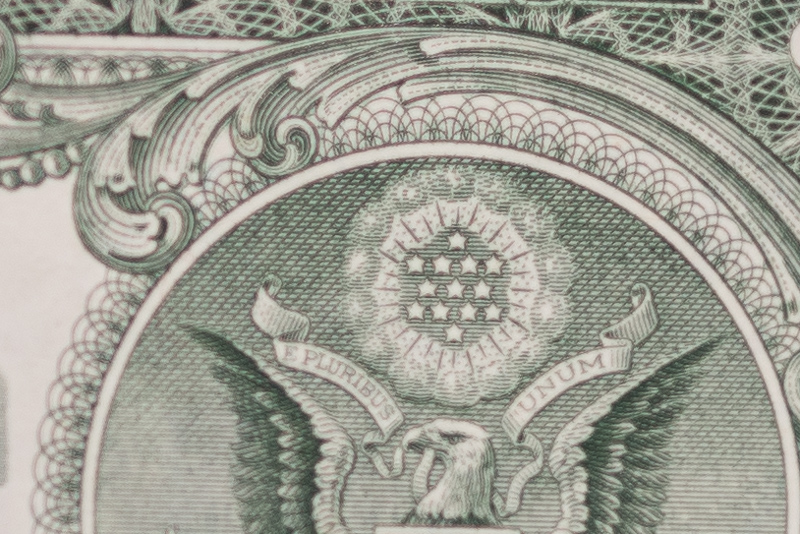
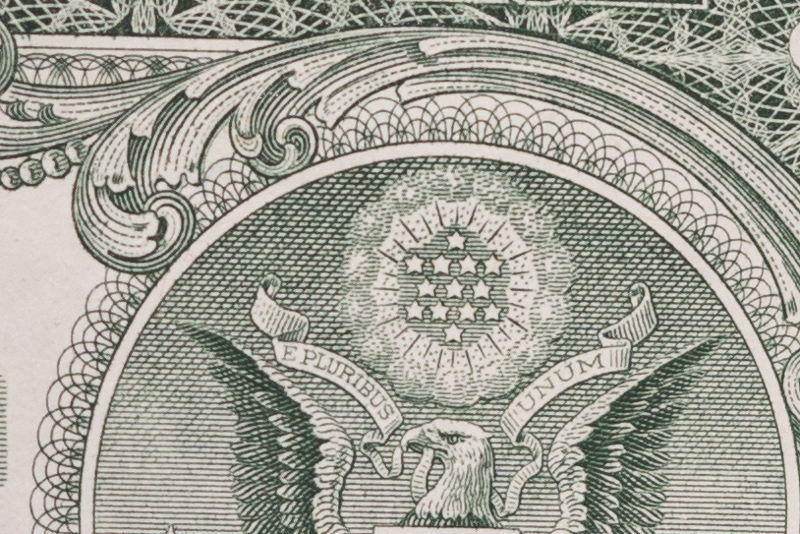
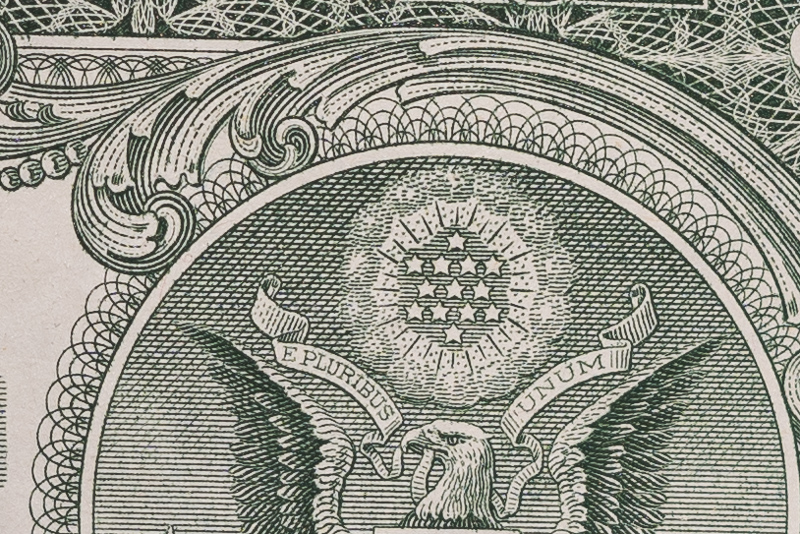
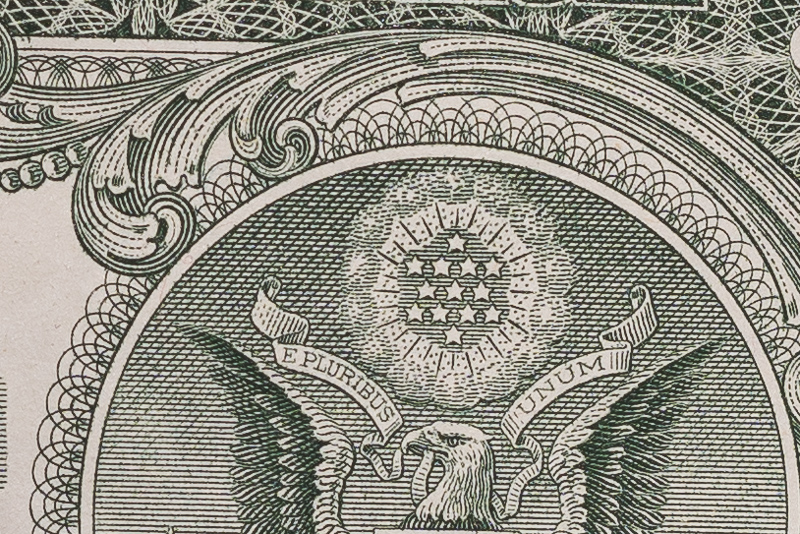
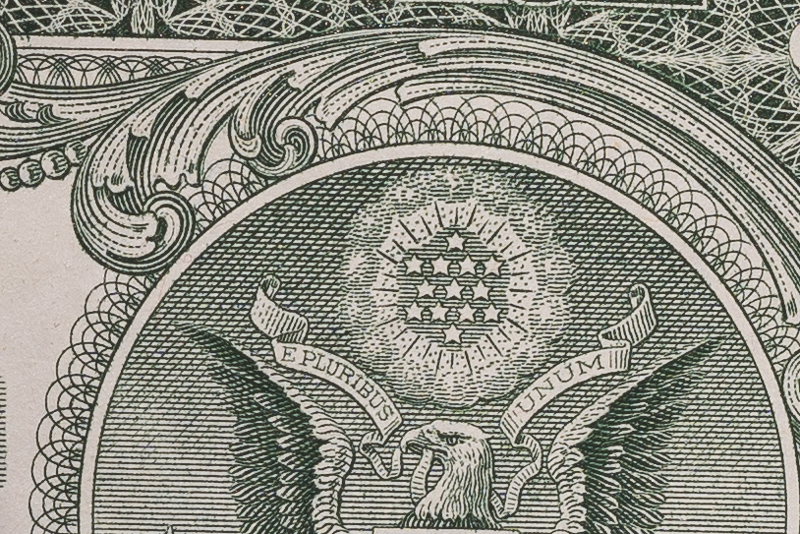
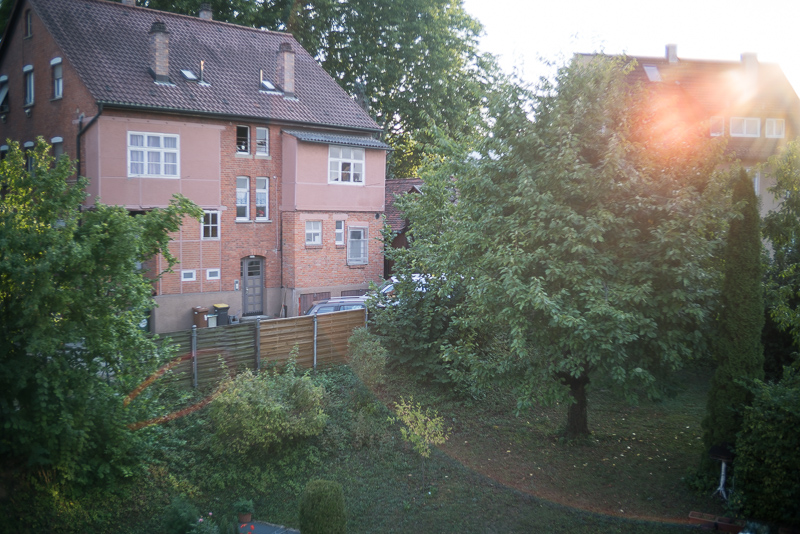



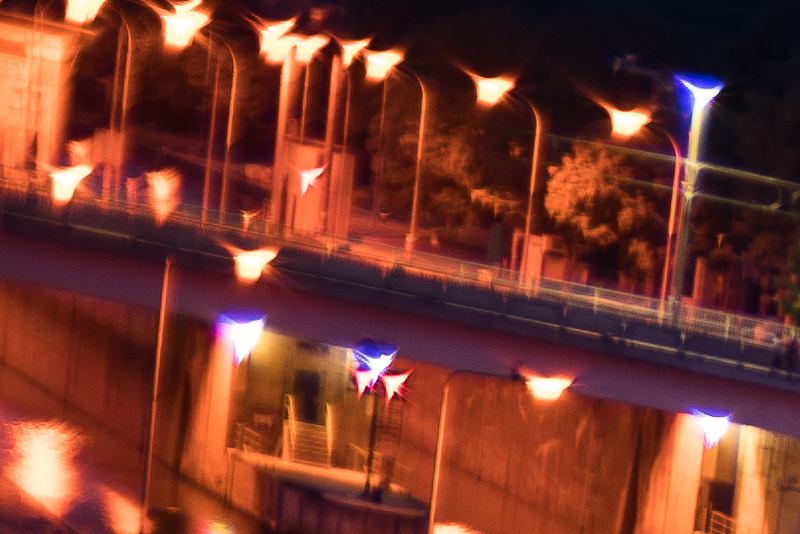
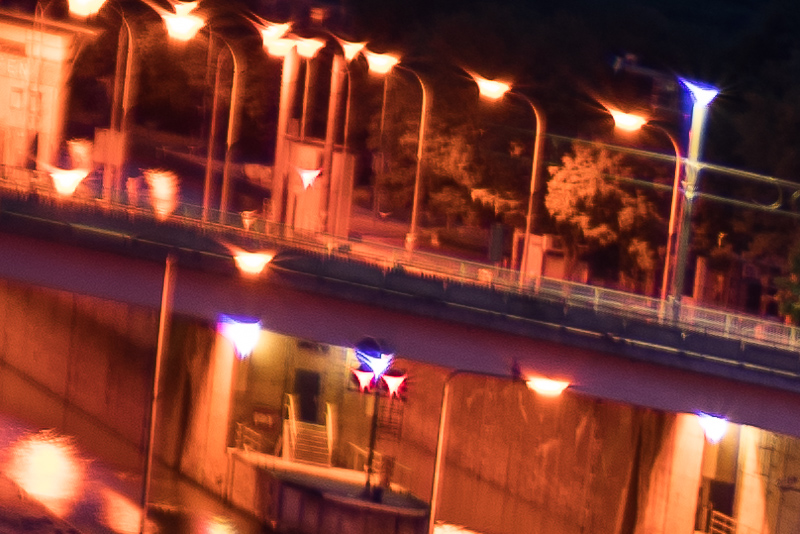
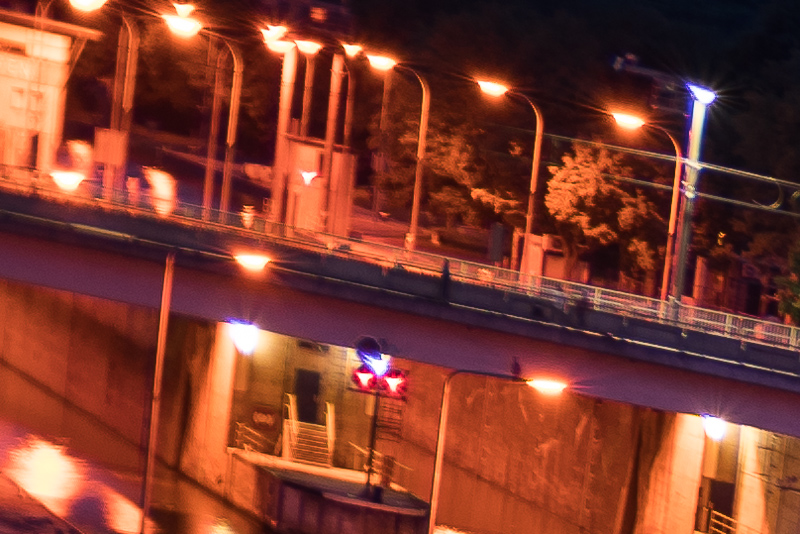

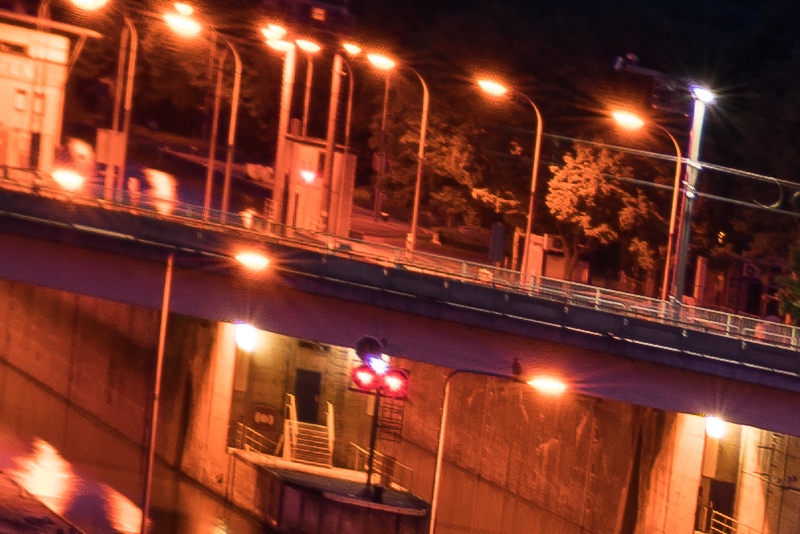
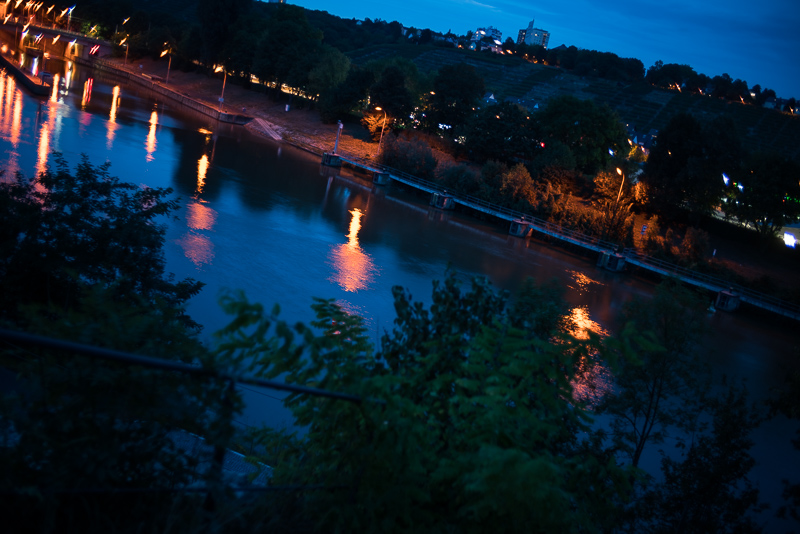
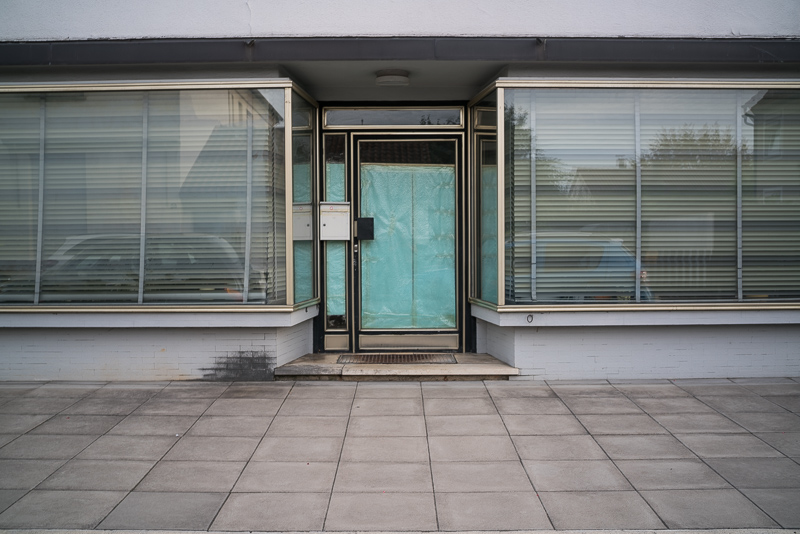

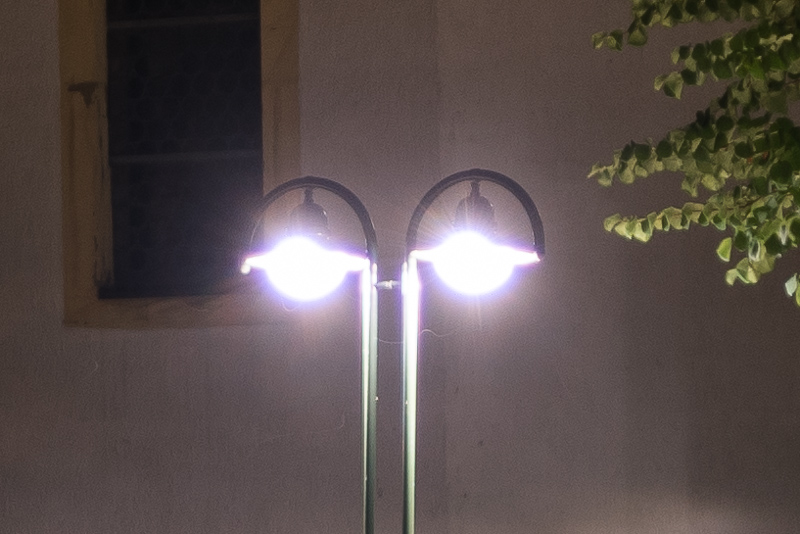
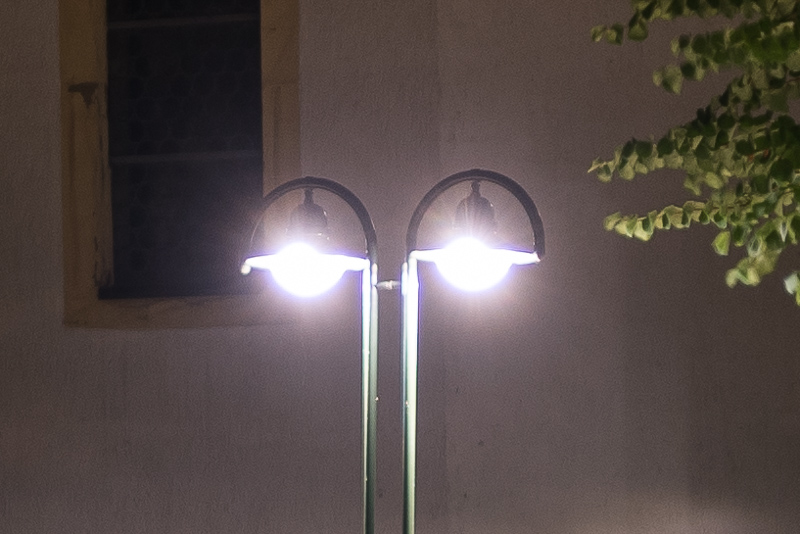

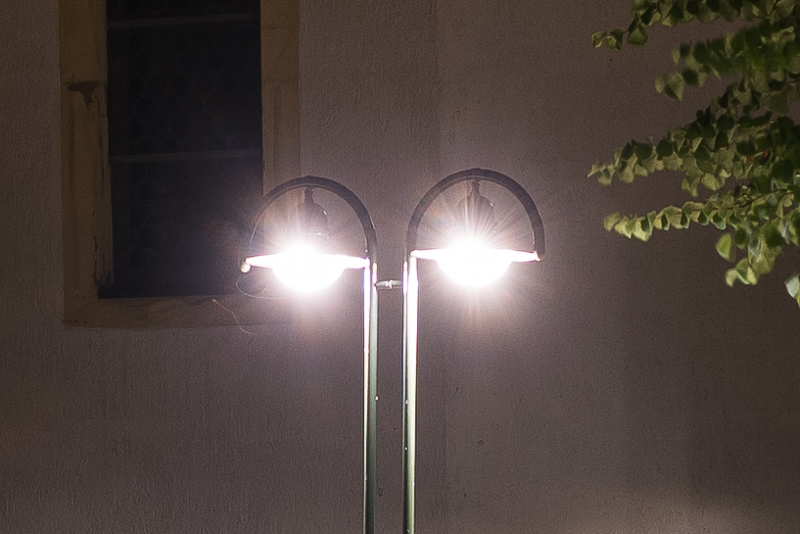
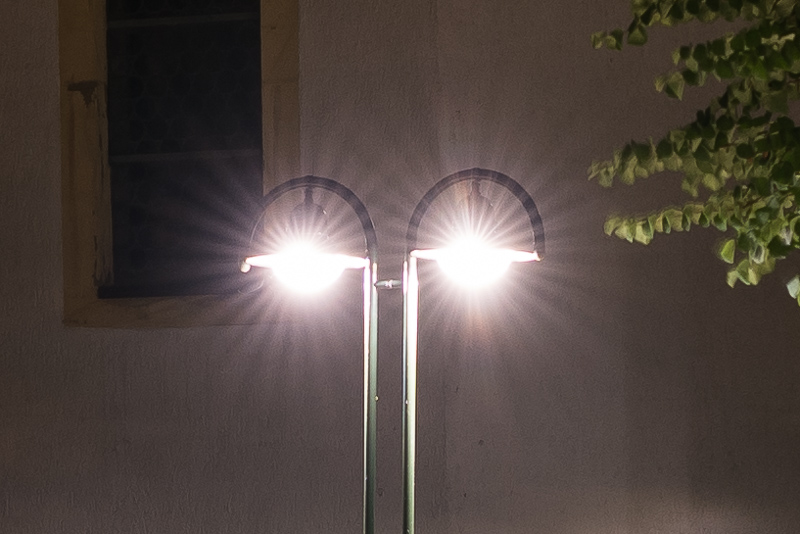
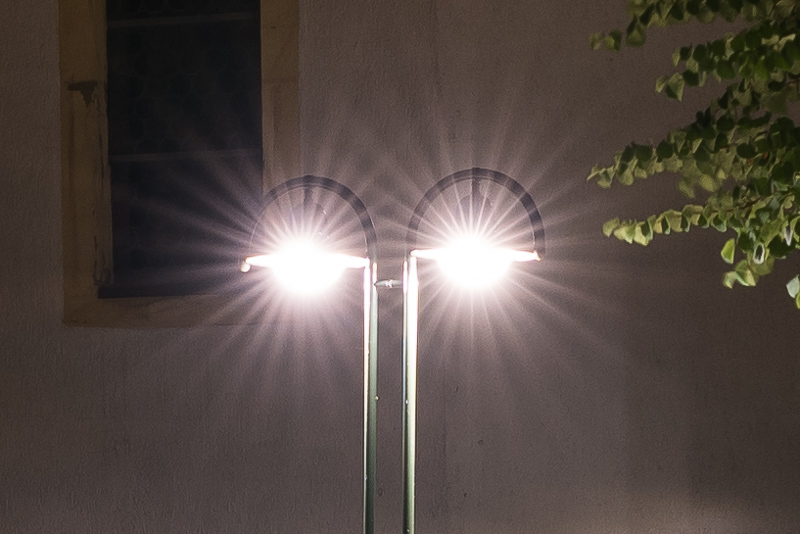
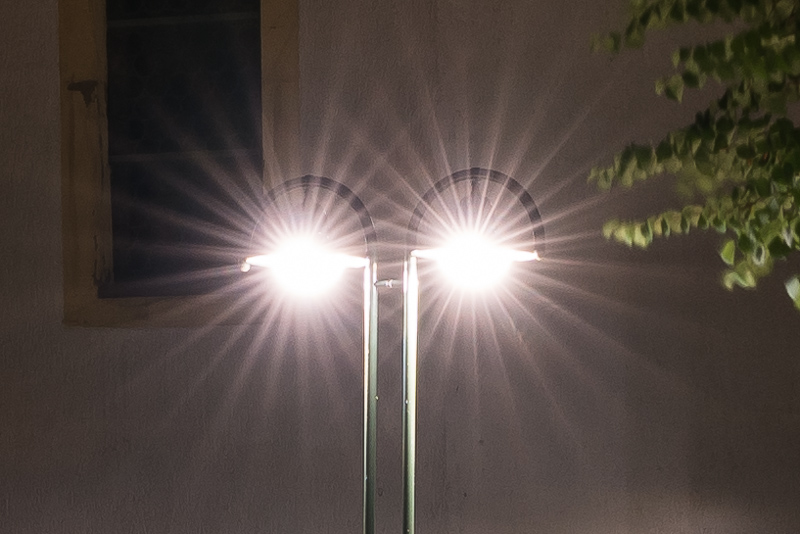
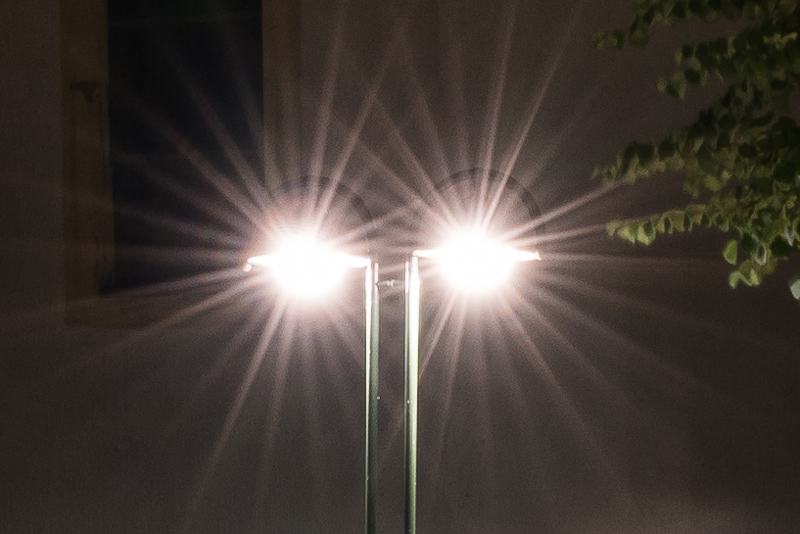
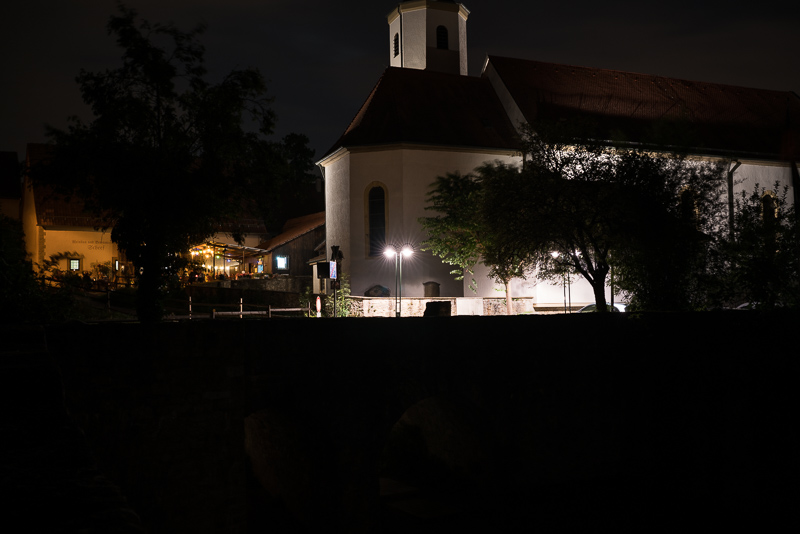
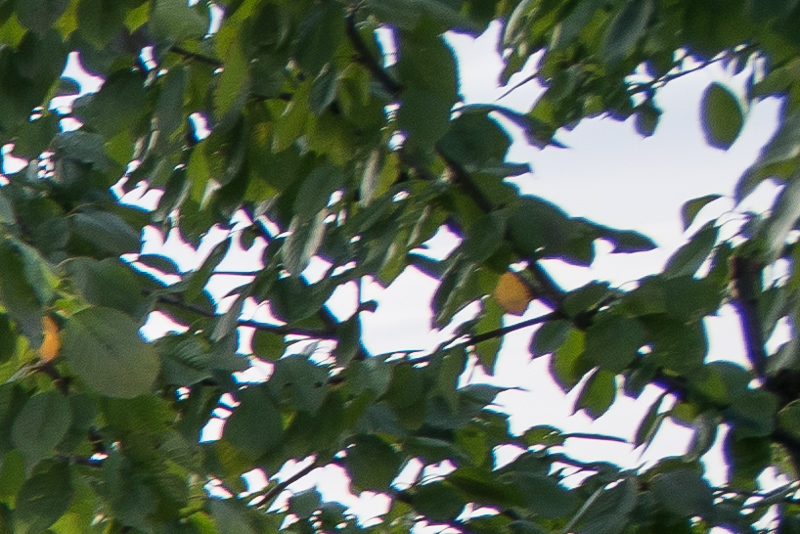
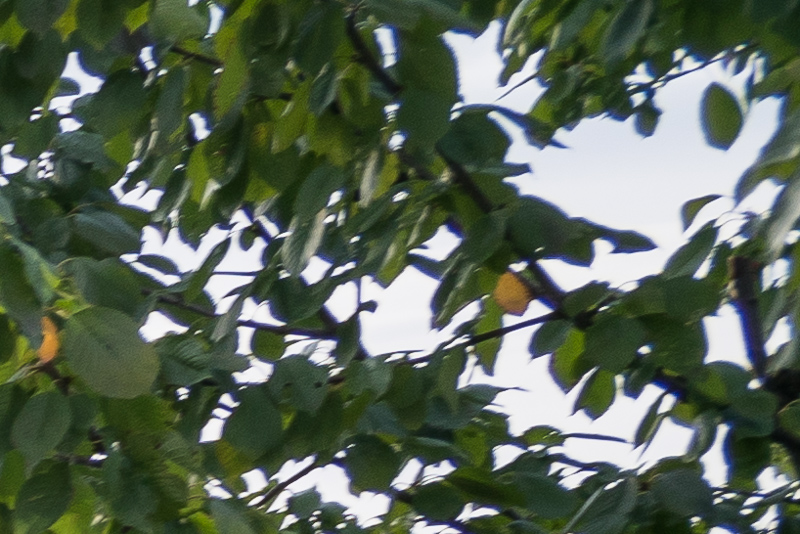
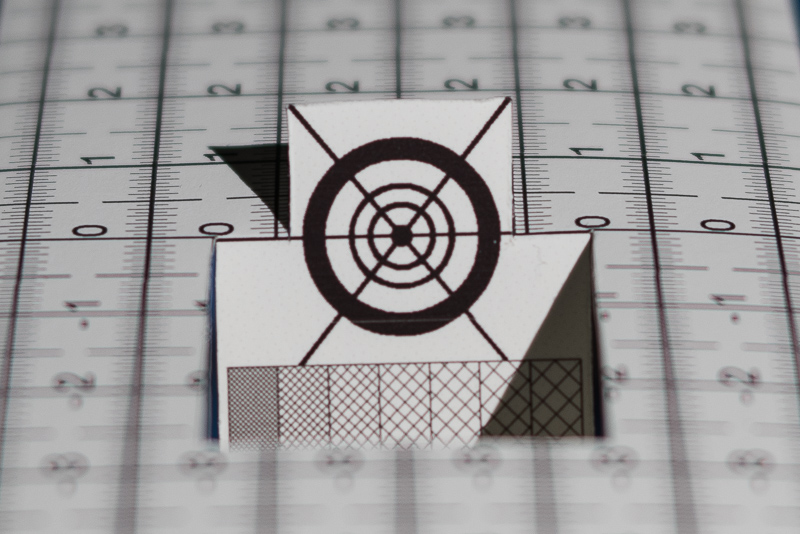


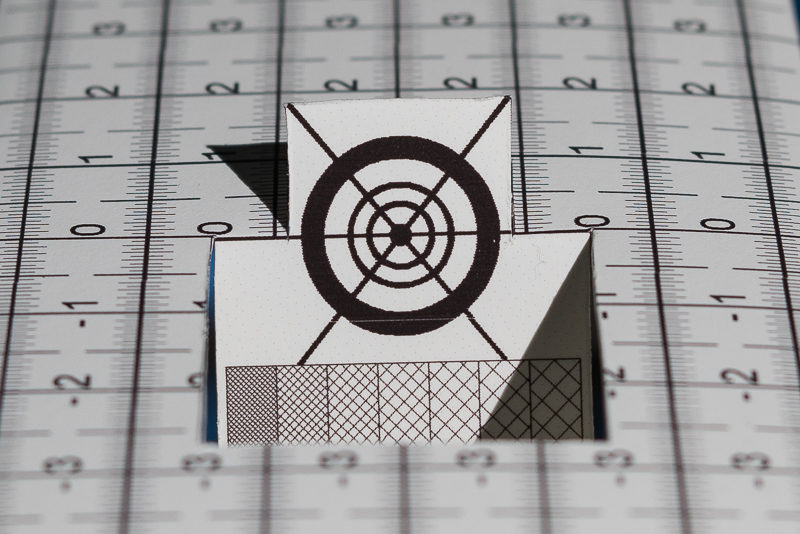
I was very curious for the review on this lens because of the blur potential and price, so thank you for reviewing it! I like the photo’s in de review, although a bit busy I like the bokeh in most images 🙂 I only very recently bought my first 35mm lens which is quite slow (nikkor ai 35mm f/2.8) and this seems to be a nice addition for bokeh shots.
Keep on the good work and thanks!
As your only 35 I might not be the perfect choice, I also see it as some wide aperture wide angle addition.
I am not super happy with the other super fast 35s either, so for now I will probably keep using this.
Thank your very much for this review, detailed and reasonable as always! This is an unusual and interesting lens.
What’s your impression regarding the durability of this lens (besides that the markings are only painted and may wear off)? Of course I know that it is not really possible to answer this question without either disassembling the lense or using it for some months or years, but I just want to know about your personal impression. I mean, if this lens even feels fragile, I already know enough to stay away; but if it feels rather well-built for its price, I would be tempted to try it out myself ;–).
Best regards! Roman
I owned the SLR Magic 25mm f1.4, and the bokeh looks much better than what I was getting with that lens. Other optical characteristics appear pretty similar, but flare control here is slightly better in regards to ghosting.
Build quality I would say seems pretty good, but there was variability in the focus throw between the two copies I had. Though it’s heavy and uses heavy duty materials, I really don’t see this as lasting permanently due to the internals.
I am not to sure about the longevity of this lens either, but of course hard to tell without having it used for several years.
Austin, thank you very much for sharing your experiences!
Considering the price it really feels okay. Better than Samyangs, better than most modern plastic lenses.
Thank you for your assessment! Nice to hear that, I will give it a try.
Maybe for some further clarification: I put build quality in the “almost not good” category mostly because of the somewhat questionable markings.
Thanks for the review. I own this lens and generally agree with your assessment. In testing, I found my lens exhibit some lateral focus shift when stopping down.
For me the bokeh swings from “busy to brilliant”. I find the “busy” shots still acceptable, but the “brilliant” shots wide open – it’s like melting away reality.
I’ve also played around with the lens in video and it produces a pleasing dreamy look. For the money I’ve been happy with my purchase.
Thanks again!
Chris
I have a section on focus shift, may you have missed it?
I totally agree on the bokeh, your description is a really good fit.
I did miss it; must have jumped ahead to the Alternatives!
Thanks for the review–I really like the character of the lens in your photos. How hard is this lens to focus? Does it shimmer well? I am guessing the lower contrast/glow make it necessary to magnify for accuracy?
Thanks again for the review!
Really depends on the distance how good peaking works, but to really nail focus I recommend to use magnify.
Focus throw and damping are pretty good though, felt no different from other fast lenses in that regard.
screw the lens… your photography style is beautiful.
Thank you very much!
Wow, like the sample shots… In terms of alternatives, where is Loxia 35?
Because it is only f/2.0 I didn’t include it. Much better for landscape and architecture but even busier bokeh rendering.
The Voigtlander 35/1.2 II was one of the few wide angle rangefinder lenses I found worked quite well on the stock Sony sensor way back when I tried it on the a7 and a7R first generation cameras. It was quite comparable optical performance to what could be achieved with it on a Leica digital camera.
It’s been some time since I sold it and don’t recall what it was like for onion rings, given its aspherical lenses.
I thought to remember it didn’t look too great in your pictures (think I downloaded them some time ago).
Maybe my memory is a bit off here, but I see no reason why it would perform better than any other rangefinder wide angle lens.
Well it could be a more telecentric design.
I seriously doubt it. A lens just needs to be optimized for the sensor stack. You still see it in longer lenses as well.
Also the WATE that in the beginning people claimed to work great on the A7 cameras was just okay at f/8, nothing spectacular.
All the symmetrical and semi-symmetrical designs are much worse but that does not mean the retrofocus designs do not show filterstack induced issues.
What about sigma 35mm 1.4f ART?
And about sony`s filter stack problems, is there any list or any way to see which lenses are good with sony and which is not?
Generally (D)SLR lenses are fine, rangefinder lenses (Leica M, M39, Contax G) up to ~75mm are not performing as well.
Sigma 35 1.4 is a nice lens when you want to bother with the size and weight.
Great review! Thanks. Do you have any plans of reviewing the 7artisans 35mm F2 Leica mount version? It would be interesting to see how it fares compared to some of the other small and fast 35mm lenses reviewed.
Thank you!
I am not aware of any marketing department of 7artisans so I would have to buy the lens to write a review.
Usually when I buy a lens to review it and sell if afterwards I am loosing money.
So I only do that for lenses I am personally interested in, which is not the case with the 7artisans 2/35.
So no, not anytime soon, sorry!
I wish this lens were LM so it could be used on TAP adaptor.
I’ve had this lens since Aug of this year and been using it on my A7R3. I personally love this lens, and this review is spot on. It’s not what I’d consider a sharp lens, but it renders very unique images, almost filmic. It’s my go-to lens at this point and I take it out for street photography 99% of the time. Check out some of the images on my instagram and you can see what can be done with it. @wezhodson
Hello Bastian,
i just got a 1.2/35 lens from DJ-Optical, which I believe is identical to the SLR magic, you reviewed here. It also has 9 lenses in 8 groups, the design of the front- and rear element looks identical. Also it performs very similar to the SLR Magic in terms of coma correcction und corner sharpness with my Sony A7R II. It also takes 52mm filters. There are some differences you may like: it has an integrated lens hood, all markings are engraved and the aperture ring has well defined clics. Oddly f/11 is here missing, too. The aperture ring is not located next to the lens mount, but near the lens hood. For the price I paid, I got a good lens, with pleasant bokeh and good usability for available-light photography.
Best regards, Christian
Ah, interesting to know it is also available from DJ-Optical with some improvements!
Hi, a nice thread. Just bought the lens and am using it on the A7RIV. One question: is it possible to have the body display/record the aperture value? I’m getting an F- on the display and F0 in EXIF. And thanks for a thorough review!
No it isn’t.
Thx.
Hi, noticed that the steadyshot seems to not work on the A7RIV with the SLRMagic 35/1.2. Esp for video. Is that true?
Did you tell your camera the right focal length (35mm in this case)?
I`ve just ordered this lens so the Voigtlander 35/1.2 will have to wait. SLR will be a great fit for my α7C. What a great review! Thank you Phillip!
Naive question: I am new to “cine” lenses — are the f/stop and focus on this lens always and entirely manual, i.e. not linked to the Sony camera, or does it operate like a stock Sony lens where manual or automatic are options? Thank you — excellent, educational, thorough review.
All manual.
This is a really dumb question, I know: I just bought an SLR Magic Cine lens to start out with because it was really cheap.
I’m looking at the markings and I’m not sure how to set the aperture – usually there is a dot on a lens and I align the rings to the dot with the aperture I want. SLR Magic haven’t responded to my enquiries. Could you tell me how (other than guessing)?
Aperture that is on top is the aperture set.

Here for example f/2.sth is set.